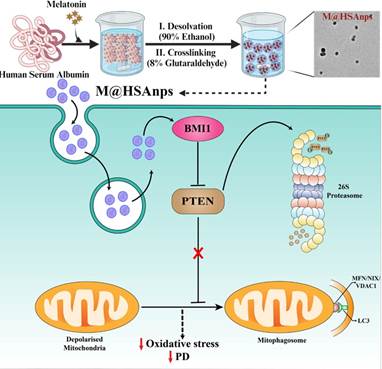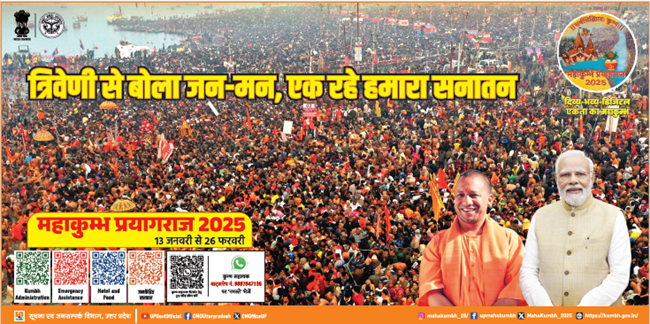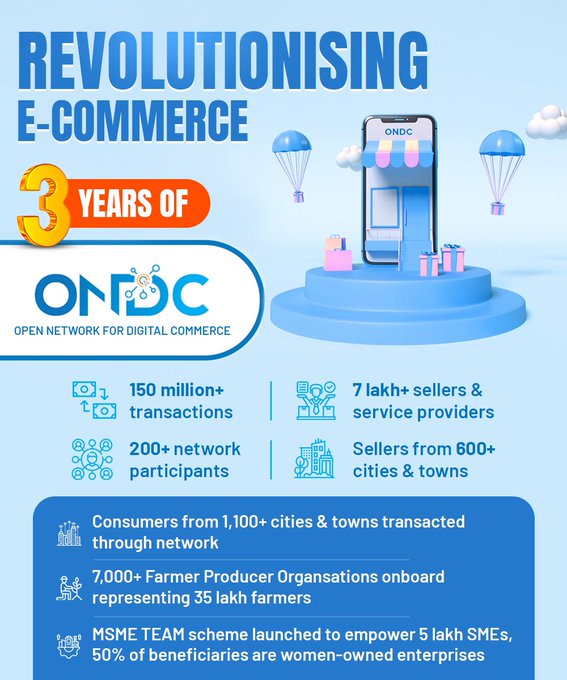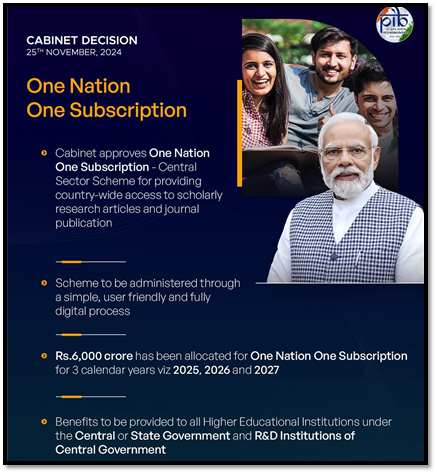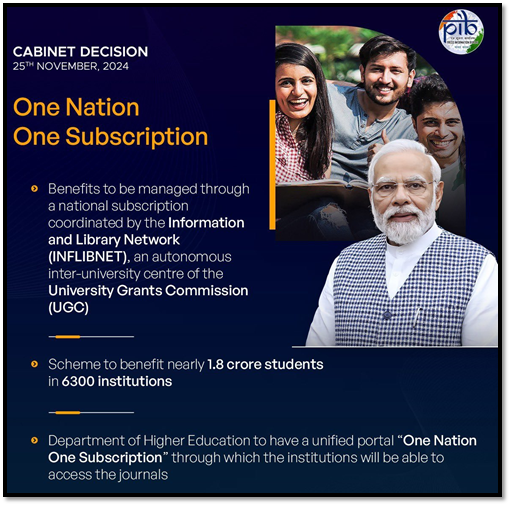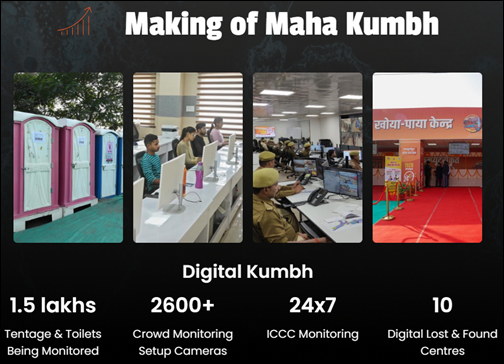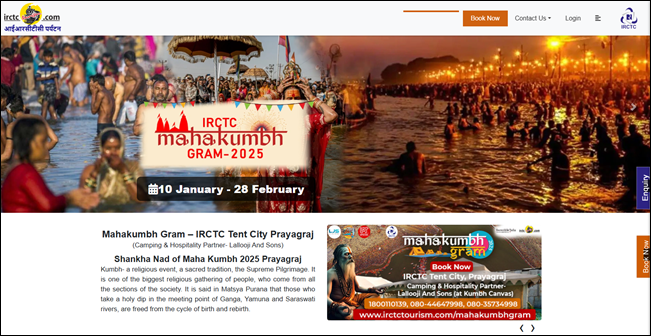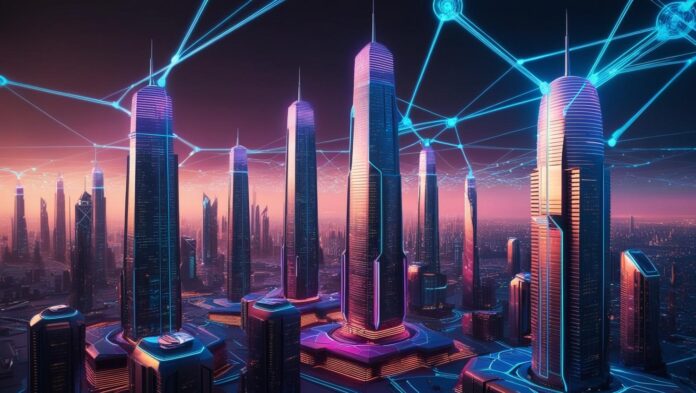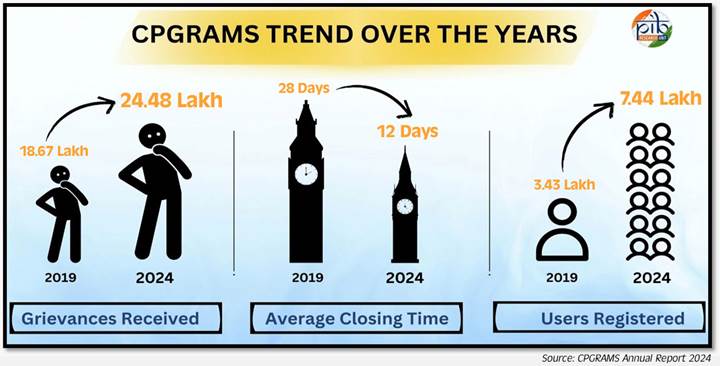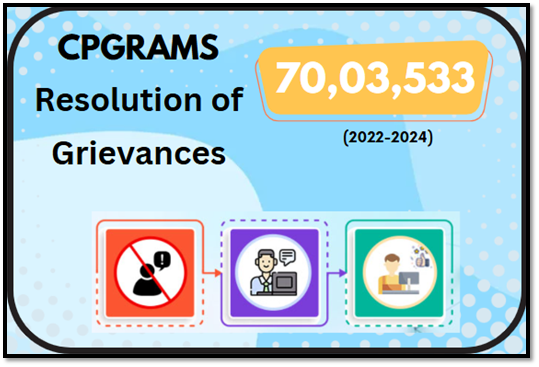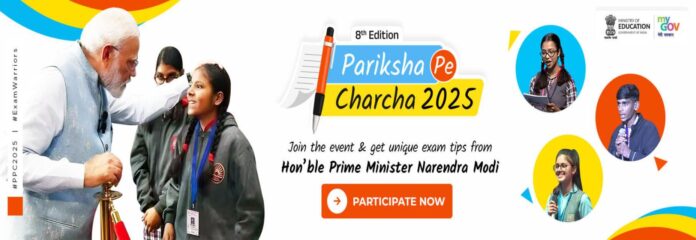Success in entrepreneurship isn’t just about innovative ideas and hard work; it’s also about managing finances wisely. Financial habits often determine whether an entrepreneur thrives or struggles in the long run. In this article, we’ll uncover the top five financial habits that successful entrepreneurs swear by.
1. Budgeting and Financial Planning
Successful entrepreneurs create detailed budgets and financial plans. They track expenses, set spending limits, and ensure every rupee is accounted for.
- Tip: Use tools like QuickBooks or Zoho Books for streamlined financial tracking.
- Benefit: Prevent overspending and ensure financial resources are used effectively.
2. Investing in Growth
Rather than spending all profits, successful entrepreneurs reinvest in their businesses. Whether it’s upgrading technology, training employees, or marketing campaigns, smart reinvestments fuel growth.
- Tip: Allocate a percentage of your profits exclusively for reinvestment.
- Benefit: Ensures sustainable business expansion.
3. Maintaining an Emergency Fund
Uncertainty is part of the entrepreneurial journey. A financial cushion helps entrepreneurs navigate tough times without crippling their business.
- Tip: Set aside at least 6 months’ worth of operational costs as an emergency fund.
- Benefit: Financial security during unexpected downturns.
4. Diversifying Income Streams
Successful entrepreneurs rarely rely on a single income source. They explore additional revenue streams such as investments, side businesses, or passive income channels.
- Tip: Explore income-generating assets like mutual funds, real estate, or stock market investments.
- Benefit: Reduced financial risk and increased wealth potential.
5. Staying Financially Educated
Entrepreneurs continuously educate themselves about finance, investments, and market trends. They read books, attend financial workshops, and consult financial advisors.
- Tip: Follow financial experts like Warren Buffett and read books such as Rich Dad Poor Dad by Robert Kiyosaki.
- Benefit: Better financial decision-making and long-term wealth building.
Final Thoughts
Financial habits are the backbone of entrepreneurial success. By practicing budgeting, reinvesting profits, maintaining an emergency fund, diversifying income, and staying financially educated, entrepreneurs can secure their financial future while growing their businesses.
Start adopting these habits today, and watch your financial health—and your business—thrive!








